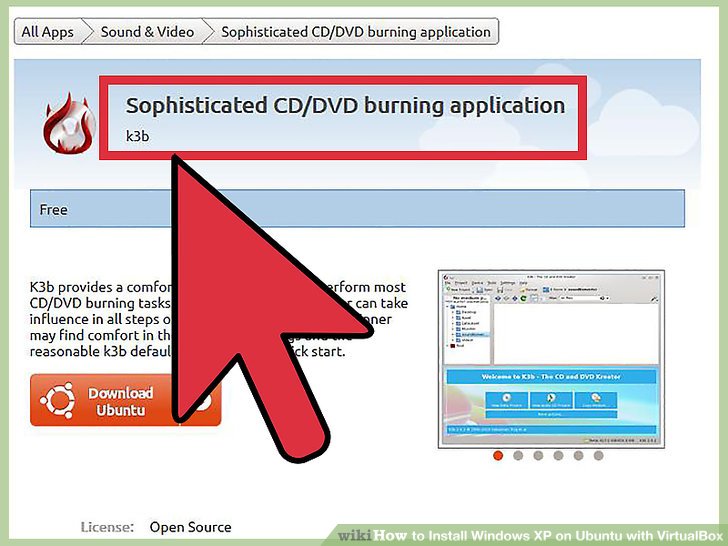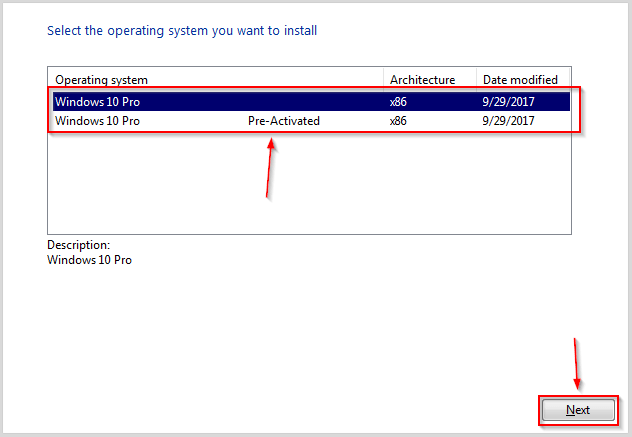

So, for example, you can run Windows and Linux on your Mac, run Windows Server 2008 on your Linux server, run Linux on your Windows PC, and so on, all alongside your existing applications. You can install and run as many virtual machines as you like - the only practical limits are disk space and memory. Depending on what guest operating systems you want to run, you will need at least 512 MB of RAM (but probably more, and the more the better).Īny recent Intel or AMD processor should do. Basically, you will need whatever your host operating system needs to run comfortably, plus the amount that the guest operating system needs. So, if you want to run Windows XP on Windows XP, you probably won't enjoy the experience much with less than 1 GB of RAM. If you want to try out Windows Vista in a guest, it will refuse to install if it is given less than 512 MB RAM, so you'll need that for the guest alone, plus the memory your operating system normally needs. While VirtualBox itself is very lean (a typical installation will only need about 30 MB of hard disk space), the virtual machines will require fairly huge files on disk to represent their own hard disk storage. So, to install Windows XP, for example, you will need a file that will easily grow to several GB in size. Presently, we support Windows (XP and later), many Linux distributions, Mac OS X, Solaris and OpenSolaris. VirtualBox Frequently Asked Questions (FAQ) for end uses Besides the user manual (see below), up-to-date information is available at " Status: Guest OSes".įor up-to-date details, especially on current operating system support and software requirements, please take a look at the current User Manual (online here).

The User FAQ provide common questions and answers not found in the user manual.

The HOWTOs and tutorials section contains documentation submitted by users about how to do interesting things with VirtualBox.


 0 kommentar(er)
0 kommentar(er)
